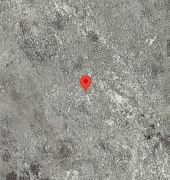posted 3 years ago
I should really have more water catchment than I do. Our feast or famine rainfall here often means that what looks like a wet year based on annual rainfall also had 8 months of drought. I suspect that those drought periods are even more drying because everyday is full sun without those partly sun days that surround many actual rain events.
Works good when you have enough permeability in the land to recharge the springs and aquifers but as more and more developments are built, less and less water is absorbed. As much as they talk of water shortages in the west, I think we'd be in much better shape if we didn't compulsively pave everything. The decomposed granite paths around Lady Bird Lake are a wonderful compromise that I wish were more common
I nearly want to cry when I see them cement in a wet water creek running through a neighborhood. Periodically clearing it is an ongoing expense but those are key infiltration sites and I am fairly sure it's the natural Texas equivalent to British hedges in leaving space for wildlife.








